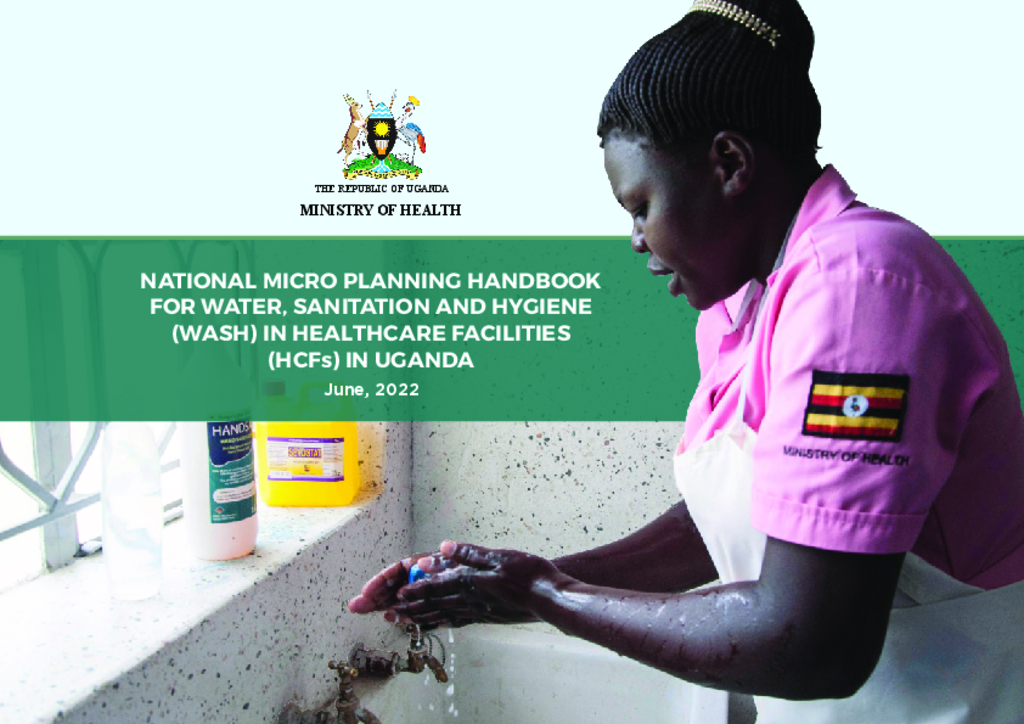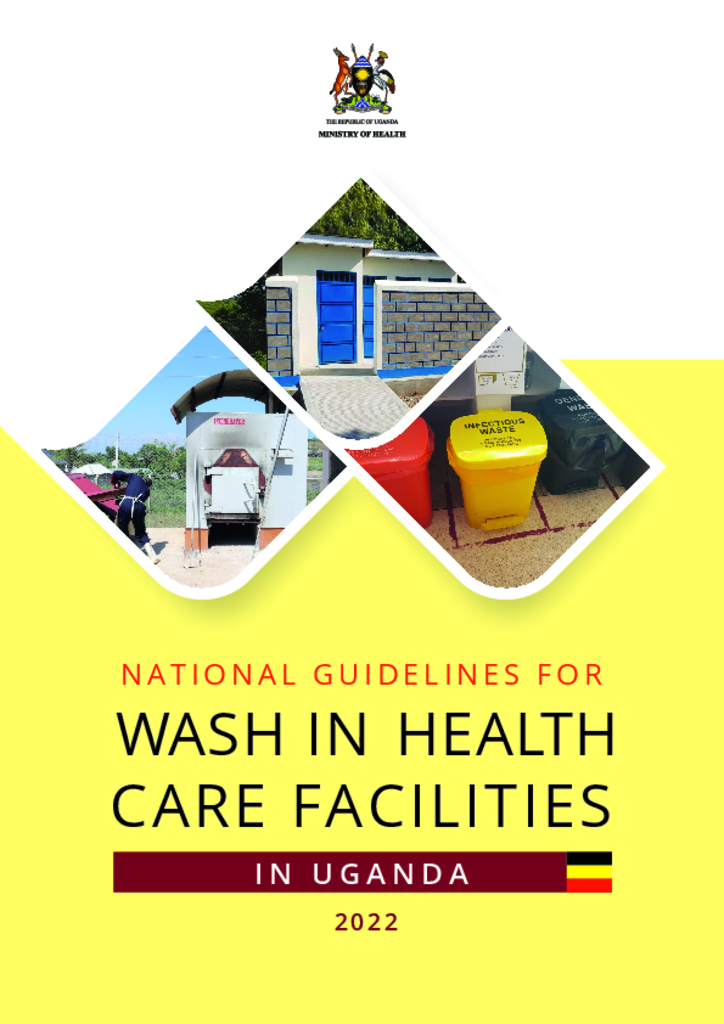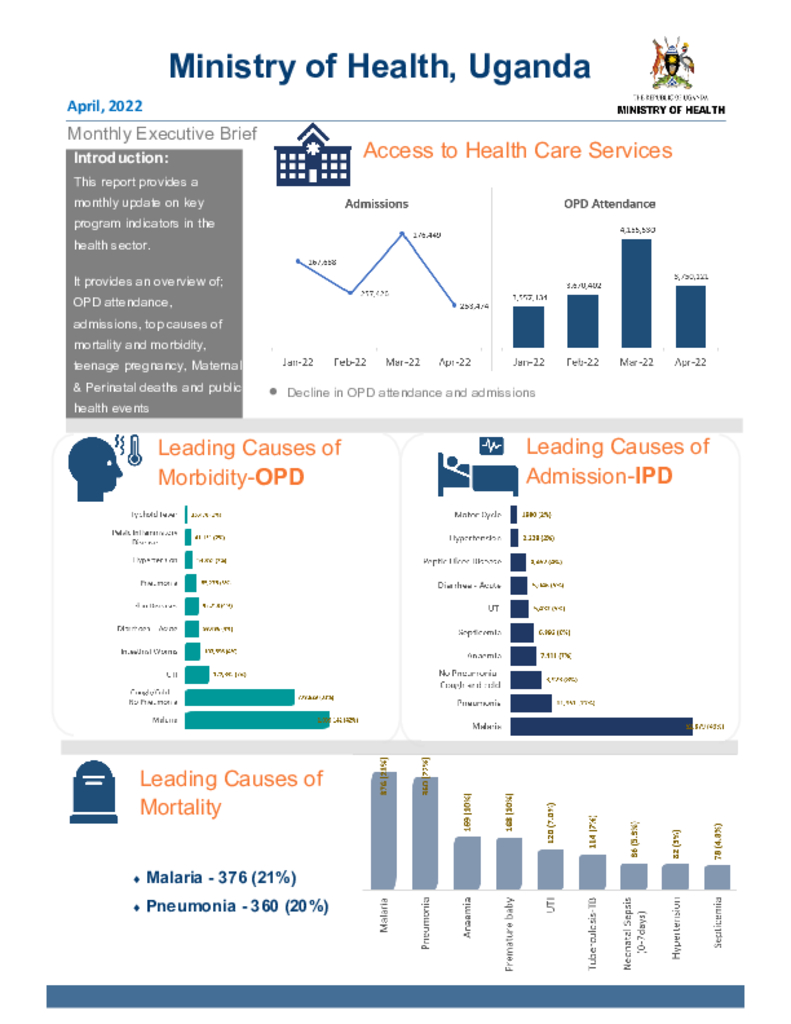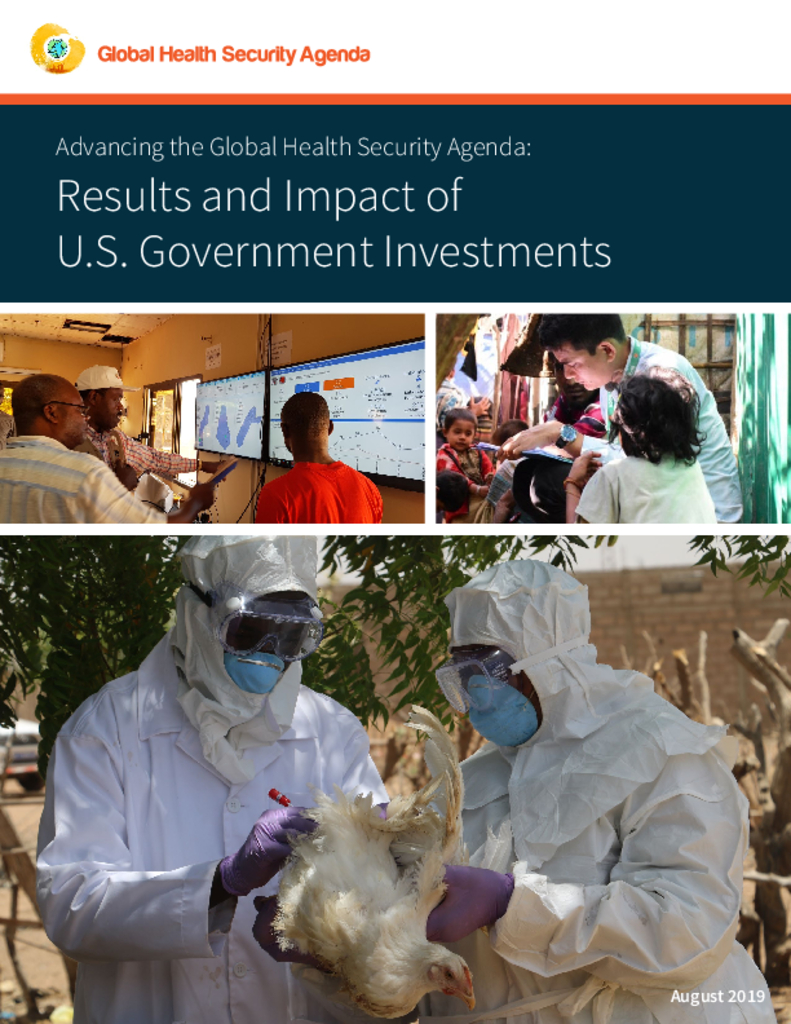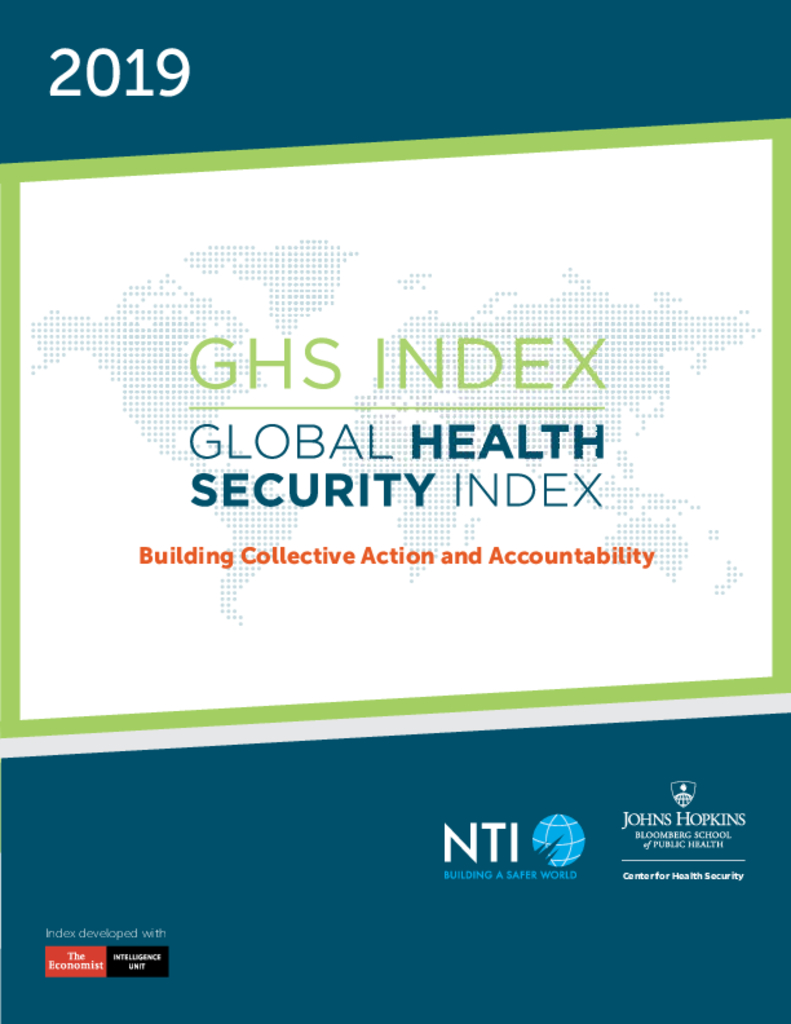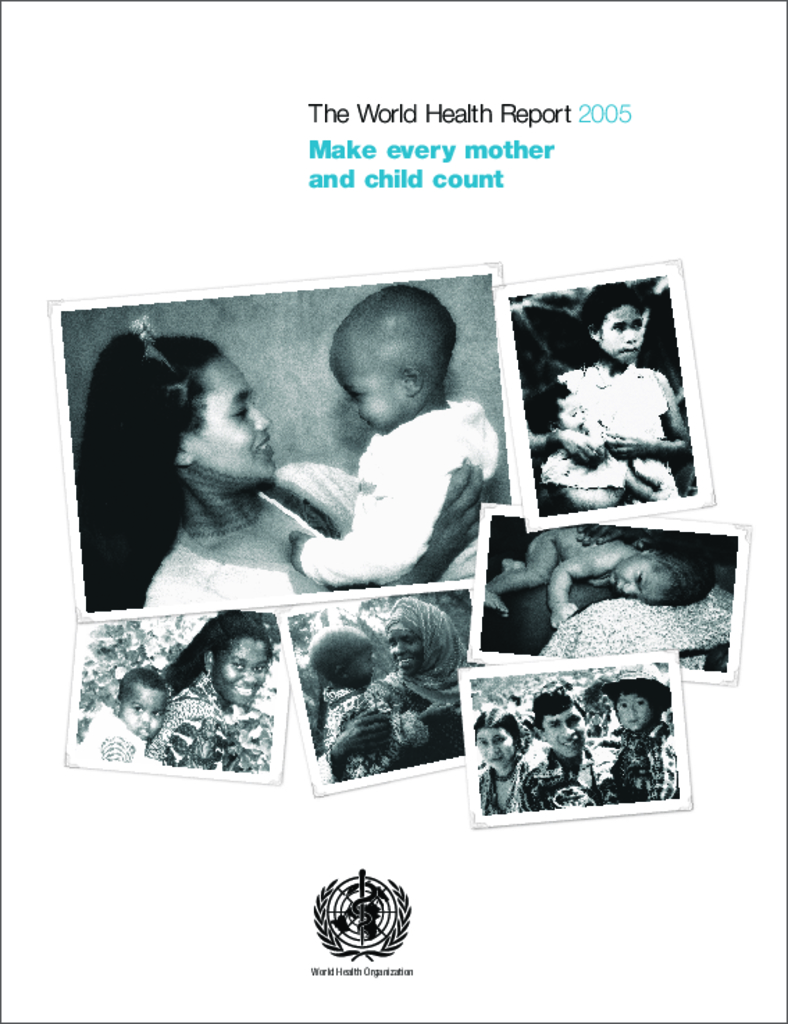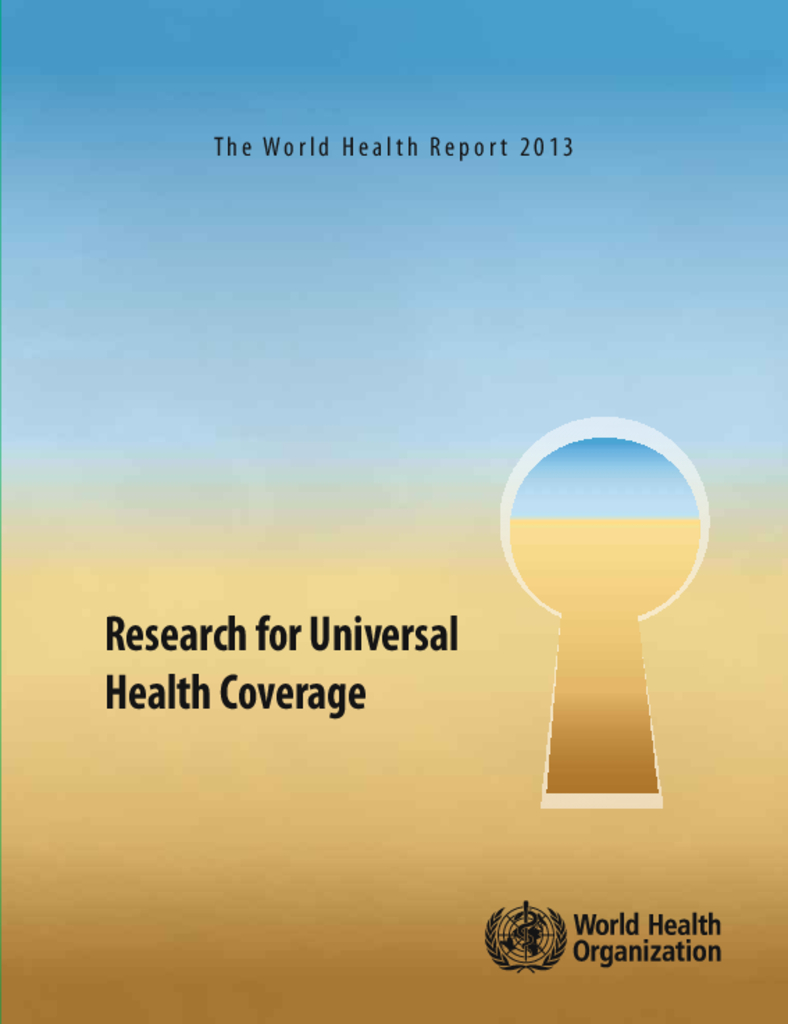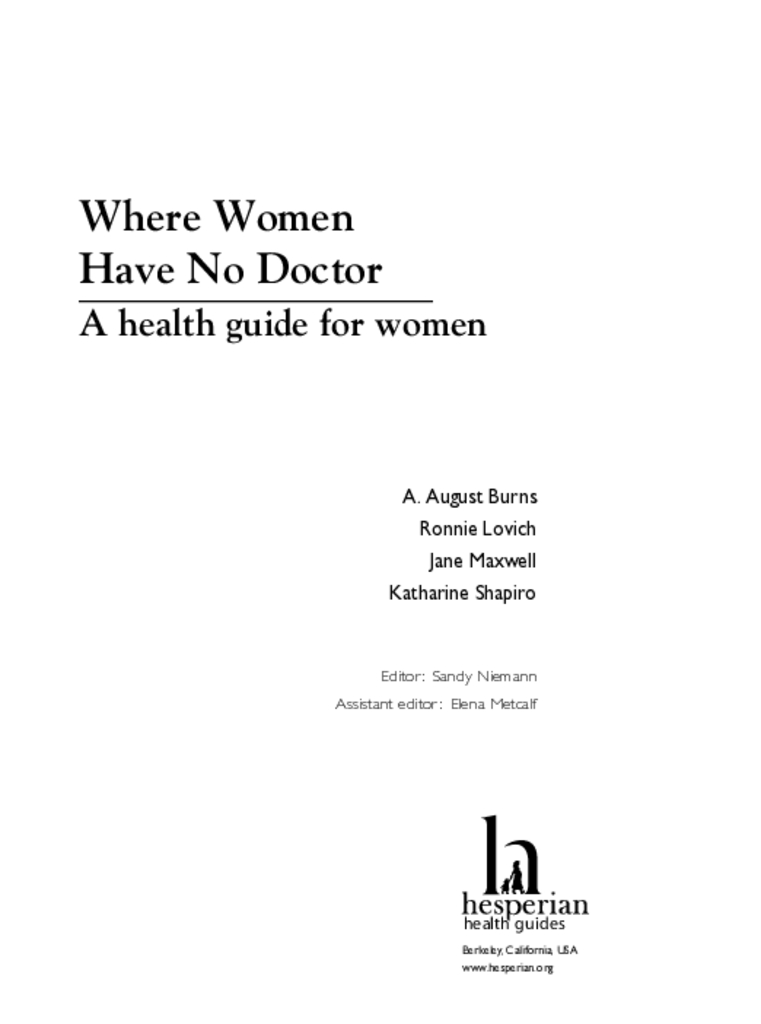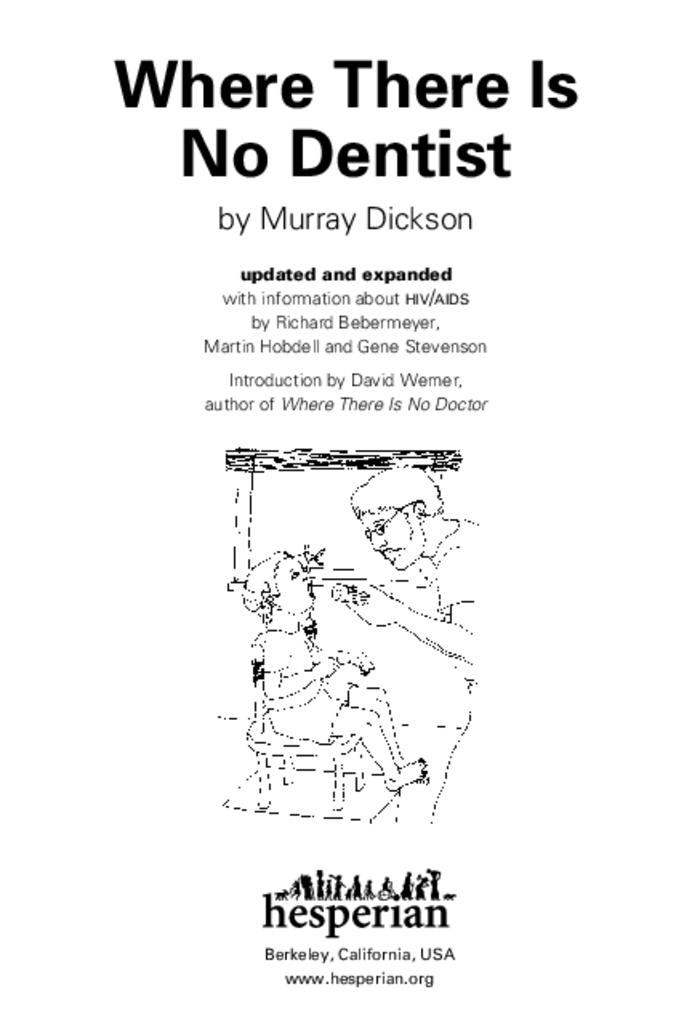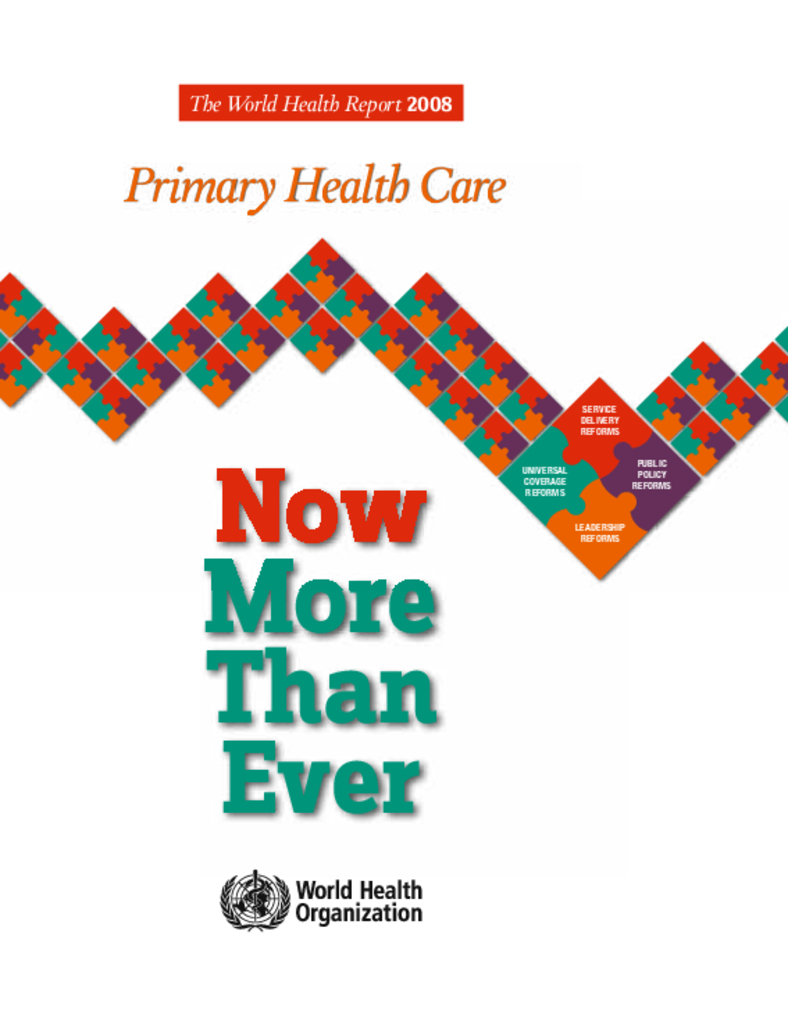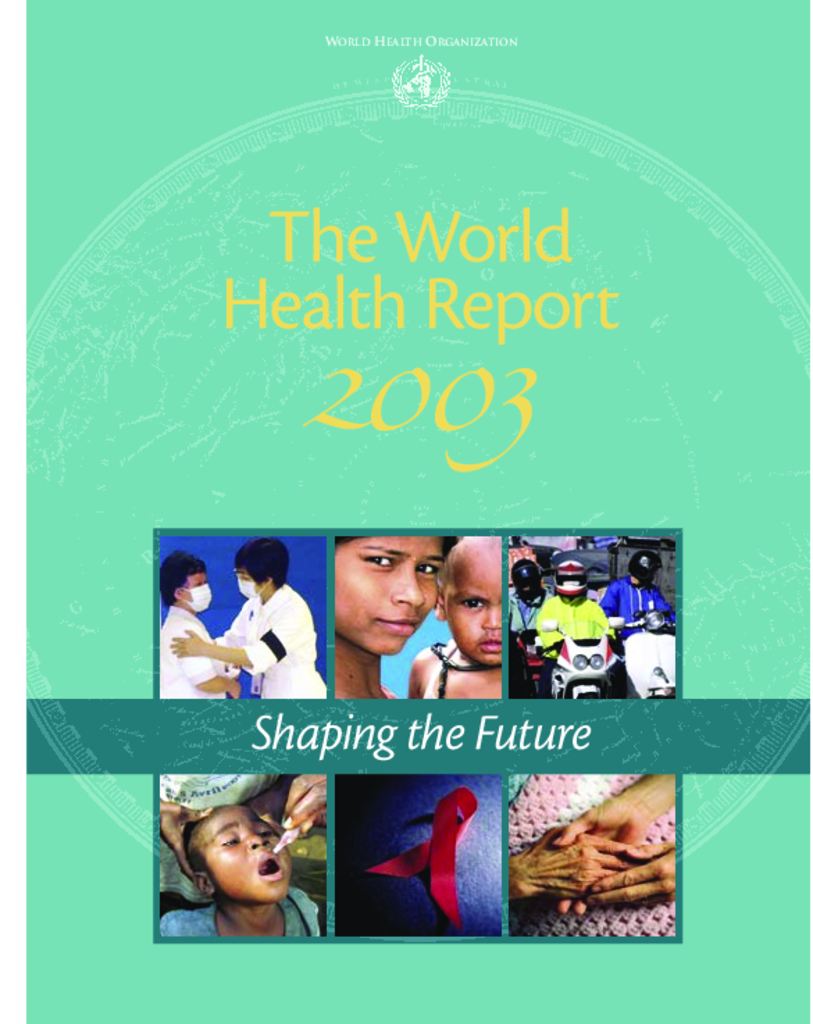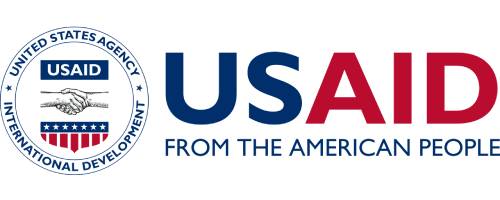The Ministry of Health recognizes that access to safe water, sanitation and hygiene (WASH) in health facilities is critical in the reduction of diseases, improved occupational health, more efficient health care services, improved staff morale and performance. The micro planning data generated will guide line ministries, local government authorities and development partners to position WASH in the health care facilities agenda within the Water and Health sectors. Additionally, it will support the development of a roadmap for achieving WASH-related sustainable development goals for health institutions.
The Sustainable Development Goals (SDG) 3 and SDG 6 reinforce the need to ensure adequate WASH services, which will result in a reduction in maternal mortality, ending preventable newborn deaths, and providing quality universal health coverage. The rationale of the WASH guidelines is to document procedures and provide a framework for strategic planning, implementation of functional and effective WASH services in healthcare facilities in Uganda. These guidelines offer a basis for creating the minimum conditions required for providing healthcare services in a healthy environment for healthcare workers, patients and visitors to the healthcare premises. They also serve as a tool for monitoring the performance of WASH in health care facilities.
This report provides a monthly update on key program indicators in the health sector. It provides an overview of; OPD attendance, admissions, top causes of mortality and morbidity, teenage pregnancy, Maternal & Perinatal deaths and public health events.Overall number of teenage pregnancies were 12% lower than those registered in March 2022.Highest number in Wakiso, Kampala, Kasese, Kamuli, Mayuge, Oyam, Tororo and Buyende Districts.
This report details the results and progress achieved through United States investments in global health security, including efforts that enhance the global capacity to respond to and contain outbreaks of high-threat diseases such as Ebola, Zika, Rift Valley fever, and pandemic influenza.
The Global Health Security (GHS) Index is the first comprehensive assessment and benchmarking of health security and related capabilities across the 195 countries that make up the States Parties to the International Health Regulations (IHR [2005]).
This year’s World Health Report comes at a time when only a decade is left to achieve the Millennium Development Goals (MDGs), which set internationally agreed development aspirations for the world’s population to be met by 2015. These goals have underlined the importance of improving health, and particularly the health of mothers and children, as an integral part of poverty reduction.
Universal health coverage, with full access to high-quality services for health promotion, prevention, treatment, rehabilitation, palliation and financial risk protection, cannot be achieved without evidence from research. Research has the power to address a wide range of questions about how we can reach universal coverage, providing answers to improve human health, well-being and development
A number of the 17 Sustainable Development Goals (SDGs) adopted by the United Nations General Assembly in September 2015 have targets that relate to health. However, one goal – SDG 3 – focuses specifically on ensuring healthy lives and promoting well-being for all at all ages. Target 3.8 of SDG 3 – achieving universal health coverage (UHC), including financial risk protection, access to quality essential health-care services and access to safe, effective, quality and affordable essential medicines and vaccines for all – is the key to attaining the entire goal as well as the health-related targets of other SDGs
This book was written to help women care for their own health, and to help community health workers or others meet women’s health needs. We have tried to include information that will be useful for those with no formal training in health care skills, and for those who do have some training
A healthy tooth is a living part of the body. It is connected by ‘life-lines’ of blood and nerve to a person’s heart and brain. To separate the tooth from the body, or even to interrupt those ‘life-lines’, means death to the tooth. It also means pain and injury to the body, to the person
Why a renewal of primary health care (PHC), and why now, more than ever? The immediate answer is the palpable demand for it from Member States – not just from health professionals, but from the political arena as well. Globalization is putting the social cohesion of many countries under stress, and health systems, as key constituents of the architecture of contemporary societies, are clearly not performing as well as they could and as they should.
A key message of this report is that real progress in health depends vitally on stronger health systems based on primary health care. In most countries, there will be only limited advances towards the United Nations Millennium Development Goals and other national health priorities without the development of health care systems that respond to the complexity of current health challenges. Systems should integrate health promotion and disease prevention on the one hand and treatment for acute illness and chronic care on the other
